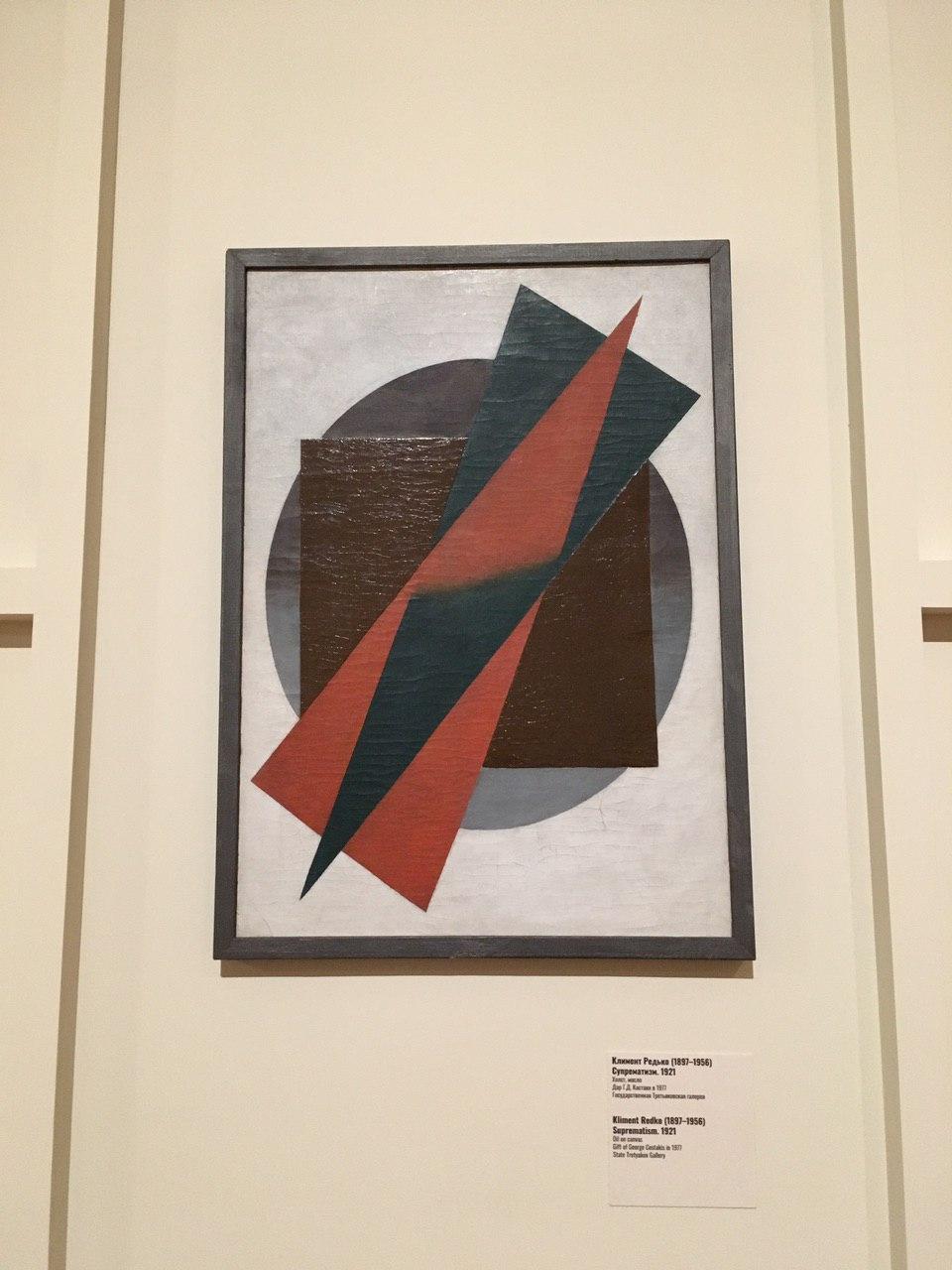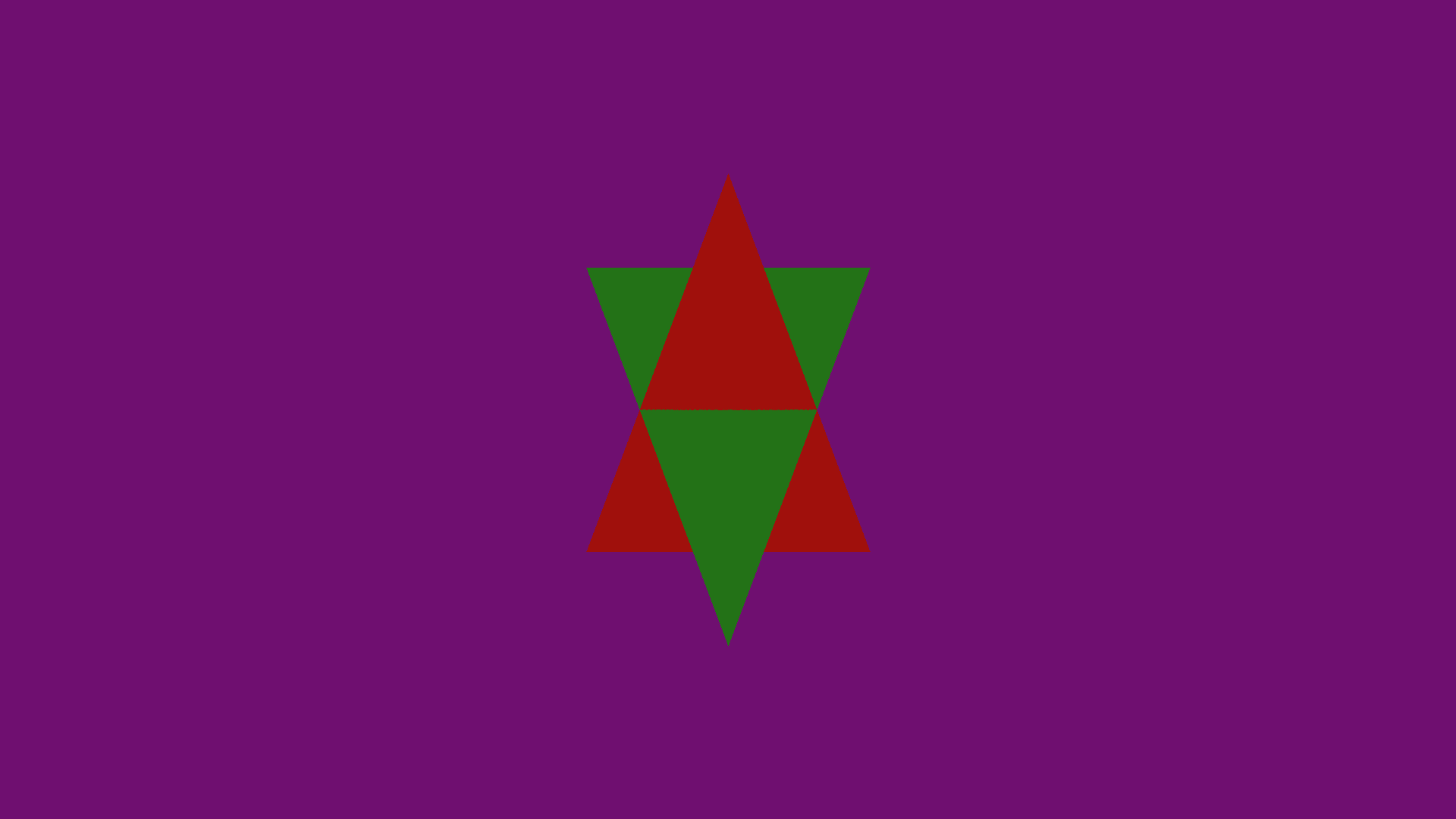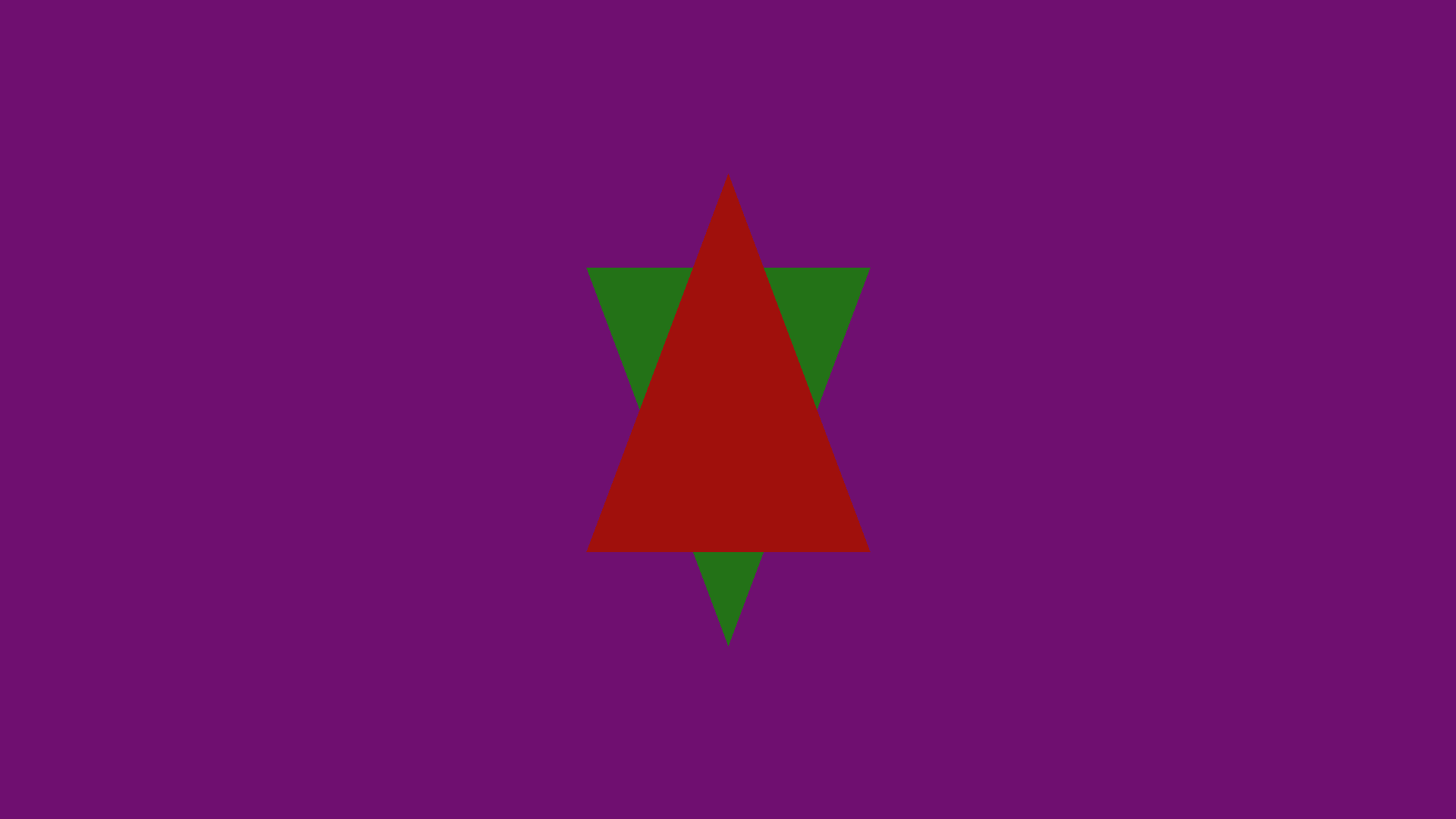Lecture 05: Depth buffer
Computer graphics in Game development

Ivan Belyavtsev
22.01.2022
Rendering pipeline

Z-test inspiration

Experiment with z_test.obj


The issue
The renderer doesn’t take into account which the triangle is closer to the camera and renders the triangle on top of the previous one [1]
Depth buffer
For rasterization we are using \(x\) and \(y\) only. Let’s store \(z\) coordinate of pixel to separated buffer. This buffer is called depth buffer (or z-buffer) [2]
Depth test
bool DepthTest(unsigned short x, unsigned short y, float z)
{
return z < depth_buffer(x, y)]; //Depends on Z-axis directions
}
void SetPixel(unsigned short x, unsigned short y, float z,)
{
auto color = pixel_shader(attributes);
if (DepthTest(x, y, z))
{
frame_buffer(x, y) = color;
depth_buffer(x, y) = z;
}
}[2]
Late-Z test
auto color = pixel_shader(attributes);
if (DepthTest(x, y, z))
{
frame_buffer(x, y) = color;
depth_buffer(x, y) = z;
}[3]
Early-Z
[3]
Lab: Depth buffer
- Adjust
set_render_target, andclear_render_targetmethods ofcg::renderer::rasterizerclass to consume a depth buffer - Add depth buffer in
cg::renderer::rasterization_renderer - Implement
depth_testfunction ofcg::renderer::rasterizerclass - Add
Depth teststage todrawmethod ofcg::renderer::rasterizer
Homework
- Make a Github repo from the template
- Implement rasterization labs
- Mark your final commit with
rasterizationtag - Push your implementation and the
rasterizationtag - Make sure that an instructor has access to your repo (djbelyak on github)
- Submit your implementation in Moodle with the repo URL
Due date: Friday, 4 February 2022, 12:00 AM
References
1.
Satran M. et al. Output-merger stage [Electronic resource]. 2021. URL: https://docs.microsoft.com/en-us/windows/win32/direct3d11/d3d10-graphics-programming-guide-output-merger-stage.
2.
Marschner S., Shirley P. Fundamentals of computer graphics, fourth edition. 4th ed. Natick, MA, USA: A. K. Peters, Ltd., 2016.
3.
Luna F. Introduction to 3D game programming with DirectX 12. Dulles, VA, USA: Mercury Learning & Information, 2016.